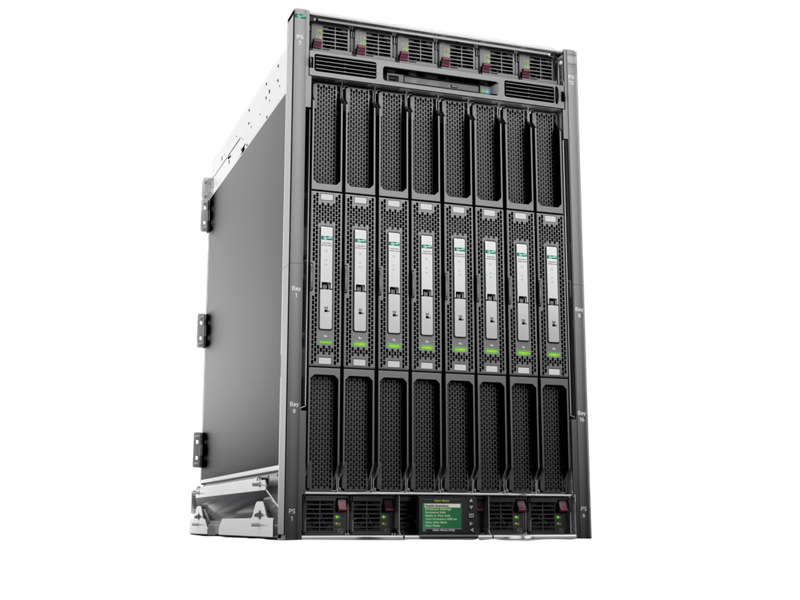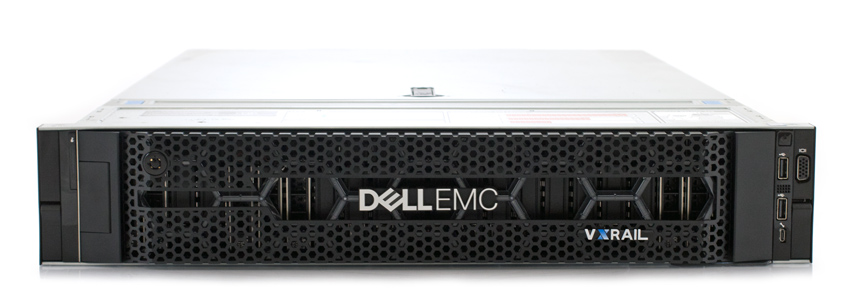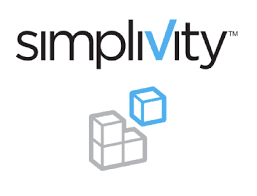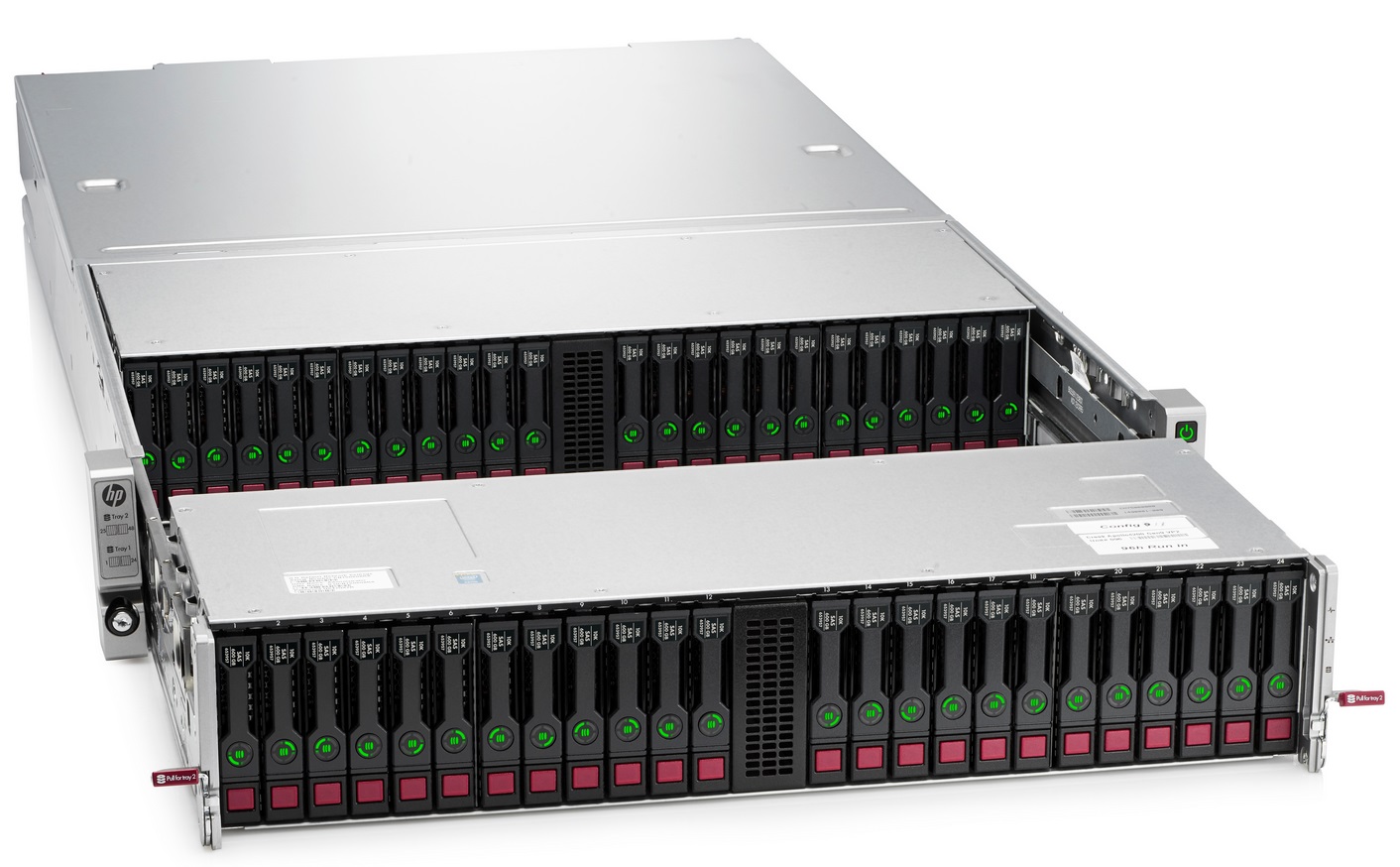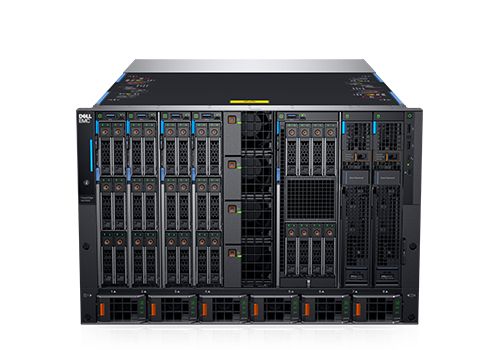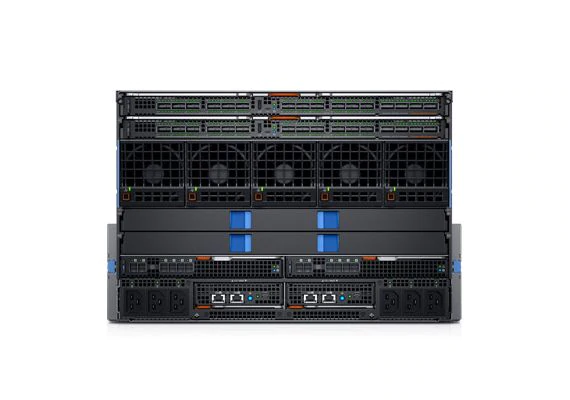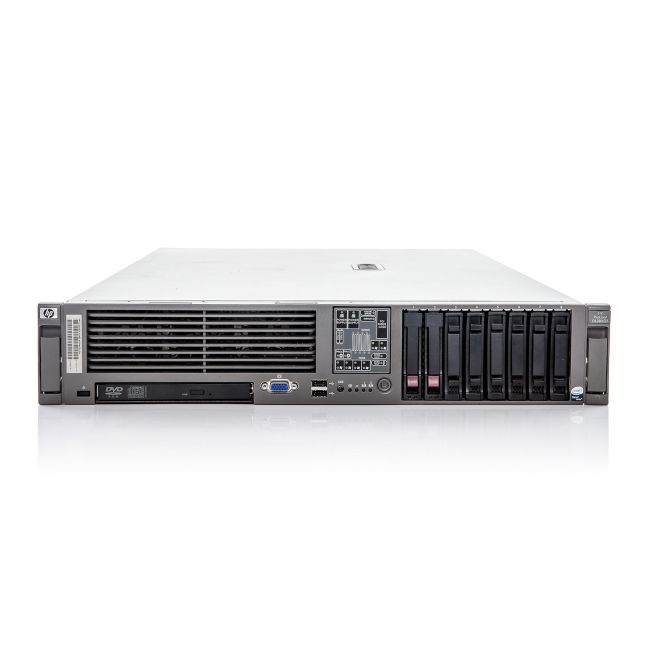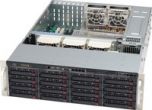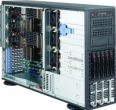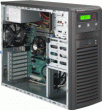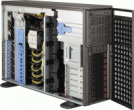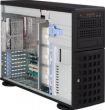
Categories
Problems that solves
Aging IT infrastructure
Values
Ensure Security and Business Continuity
Reduce Costs
Supermicro Сервера с повышенной отказоустойчивостью
Supermicro Сервера с повышенной отказоустойчивостью - Дублирование блоков питания, аппаратная реализация RAID и развитые возможности мониторинга делают эти серверы максимально
About Product
Description
SYS-7046T-TRF
Tower/19" rackmount 4U(опция)
2x Intel Xeon 5600
До 192Gb DDR3-1333 ECC
До 8-ми SATA hot-swap
AS-1022G-URF
19" rackmount 1U
2x AMD Opteron 6200
AMD SR56x0/SP5100
до 256GB DDR3-1333 ECC
До 4-х SAS/SATA hot-swap
AS-2022G-URF
19" rackmount 2U
2x AMD Opteron 6200
AMD SR56x0/SP5100
до 256GB DDR3-1333 ECC
До 6x SAS/SATA hot-swap
SYS-6027R-TLRF
19" rackmount 2U
2x Intel Xeon E5-2600
Intel C602
до 256Gb DDR3-1600 ECC
До 8-ми SAS/SATA hot-swap
SYS-5048D-E1R24
19" rackmount 4U
1x Intel Xeon E3-1200
Intel C224
До 32Gb памяти DDR3-1600 ECC
До 24-х SAS/SATA hot-swap
